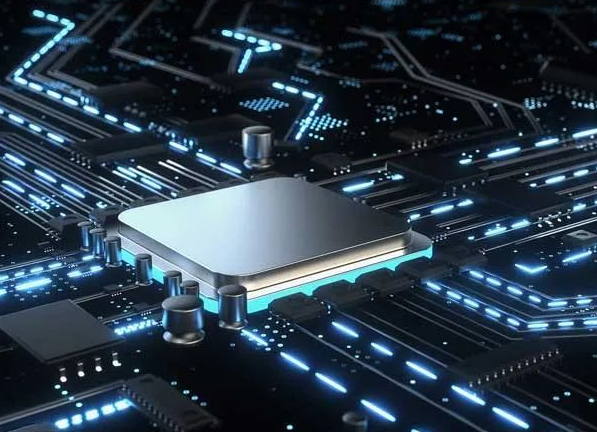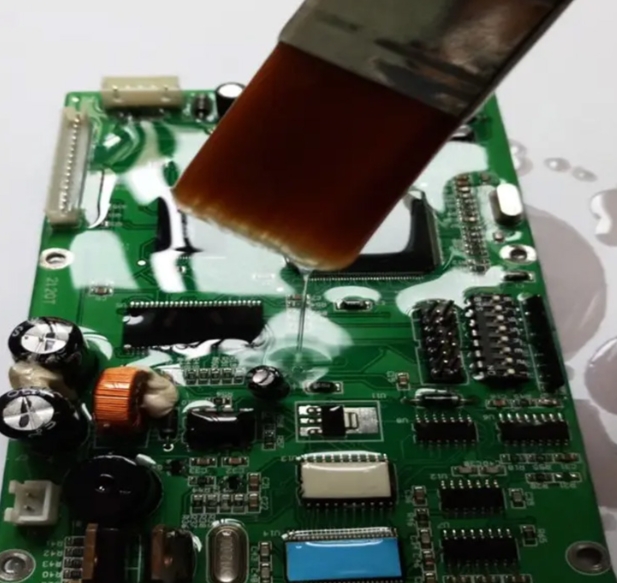Heating and Cooling of Electronic Components
Introduction
In the rapidly advancing world of electronics, the performance and longevity of devices are heavily dependent on effective thermal management. As electronic components become increasingly powerful and compact, managing the heat they generate has become a critical challenge. Excessive heat can lead to reduced efficiency, frequent failures, and shortened lifespans of devices ranging from smartphones to industrial servers. Understanding the principles of heating and cooling in electronic components is essential for engineers, designers, and enthusiasts alike. This article delves into the mechanisms of heat generation, explores advanced cooling techniques, and highlights best practices for maintaining optimal thermal conditions. By mastering these aspects, we can ensure that electronic systems operate reliably and efficiently, even under demanding conditions. Additionally, platforms like ICGOODFIND provide valuable resources for sourcing reliable electronic components and thermal management solutions, making it easier for professionals to find the right parts for their projects.

The Mechanisms of Heat Generation in Electronic Components
Electronic components generate heat primarily through resistive losses, switching losses, and other inefficiencies inherent in their operation. When electric current flows through a conductor, resistance causes some energy to be dissipated as heat, a phenomenon described by Joule’s law. This is particularly evident in power-hungry components like processors, power transistors, and voltage regulators. Joule heating is a fundamental source of thermal energy in circuits, and its impact intensifies as devices are miniaturized and power densities increase. For instance, modern CPUs can generate significant heat due to high clock speeds and dense transistor layouts, necessitating robust cooling solutions to prevent thermal throttling or damage.
Another major contributor to heat generation is switching losses in semiconductor devices. During the rapid switching operations of transistors in digital circuits or power converters, brief periods of high voltage and current overlap occur, leading to energy dissipation as heat. This is especially critical in high-frequency applications like switch-mode power supplies and motor drives, where inefficient switching can cause substantial thermal buildup. Additionally, dielectric losses in insulating materials and magnetic losses in inductors and transformers further add to the heat load. Understanding these mechanisms is the first step toward effective thermal management, as it allows designers to identify hotspots and implement targeted cooling strategies.
The consequences of inadequate heat dissipation are severe. Thermal runaway can occur when increasing temperature leads to higher current draw and even more heat, creating a destructive feedback loop. Components like lithium-ion batteries and power amplifiers are particularly vulnerable. Moreover, prolonged exposure to high temperatures accelerates aging processes such as electromigration in semiconductor interconnects, leading to premature failure. Therefore, managing heat is not just about maintaining performance but also about ensuring reliability and safety. By comprehensively analyzing heat generation sources, engineers can design systems that minimize unnecessary losses and incorporate efficient cooling methods from the outset.
Advanced Cooling Techniques for Modern Electronics
As electronic devices push the boundaries of performance, traditional cooling methods like simple heatsinks or fans often fall short. This has spurred the development of advanced cooling technologies designed to handle extreme thermal loads efficiently. Heat pipes are widely used in laptops and servers for their ability to transfer large amounts of heat with minimal temperature gradients. These sealed tubes contain a working fluid that evaporates at the hot end, carrying heat to the cooler section where it condenses and returns via capillary action. This phase-change process enables highly efficient thermal transport over distances, making heat pipes ideal for compact devices with limited space for bulky cooling systems.
Liquid cooling has also gained prominence, particularly in high-performance computing and gaming rigs. Liquid cooling systems circulate a coolant through blocks attached to heat-generating components, absorbing heat and transferring it to a radiator where it is dissipated into the air. These systems can be more effective than air cooling due to water’s higher thermal conductivity and capacity. In recent years, immersion cooling has emerged as an innovative approach, where entire components are submerged in a dielectric fluid that directly absorbs heat without risk of short circuits. This method is increasingly adopted in data centers to achieve higher energy efficiency and reduce cooling costs.
For cutting-edge applications like aerospace or electric vehicles, thermoelectric coolers (TECs) offer precise temperature control through the Peltier effect. When an electric current passes through a junction of two dissimilar materials, heat is absorbed on one side and released on the other, allowing for active cooling without moving parts. Although TECs have lower efficiency compared to other methods, their ability to cool below ambient temperature and provide exact thermal management makes them valuable in specialized scenarios. Additionally, nanomaterials such as graphene-enhanced thermal interface materials (TIMs) are being developed to improve heat conduction between components and heatsinks, further enhancing overall cooling performance. These advancements underscore the importance of adopting tailored cooling solutions based on specific application requirements.
Best Practices for Effective Thermal Management
Implementing effective thermal management requires a holistic approach that integrates design considerations, material selection, and monitoring systems. Thermal design power (TDP) is a key metric used by engineers to estimate the heat generation of components and size cooling solutions accordingly. By accurately assessing TDP during the design phase, designers can select appropriate heatsinks, fans, or liquid cooling systems to maintain safe operating temperatures. Proper PCB layout is also crucial; distributing heat-generating components evenly, using thermal vias to conduct heat to inner layers, and incorporating large copper planes can significantly improve heat dissipation without adding extra hardware.
Material selection plays a vital role in thermal management. Thermal interface materials (TIMs), such as thermal pastes, pads, or adhesives, are used to fill microscopic gaps between components and heatsinks, ensuring efficient heat transfer. High-performance TIMs with ceramic or metal fillers offer superior conductivity compared to standard materials. Similarly, choosing substrates with high thermal conductivity, like aluminum or copper-clad boards, helps spread heat more effectively. For enclosures, materials with good thermal emissivity or integrated cooling features—such as fins or vents—can enhance natural convection and radiation, reducing reliance on active cooling methods.
Proactive thermal monitoring and control are essential for maintaining system reliability. Embedded temperature sensors and feedback loops allow real-time adjustment of cooling efforts based on workload demands. For example, dynamic frequency scaling in processors can reduce clock speeds when temperatures approach critical levels, preventing overheating while maintaining functionality. Software tools that model thermal behavior using computational fluid dynamics (CFD) enable designers to simulate heat flow and optimize layouts before prototyping. Additionally, platforms like ICGOODFIND assist engineers in sourcing high-quality components—including sensors, coolers, and TIMs—that meet stringent thermal requirements, ensuring that designs are both efficient and durable.
Conclusion
Effective heating and cooling management is indispensable for the performance, reliability, and longevity of electronic components. As technology continues to evolve, the challenges associated with thermal management will only grow more complex, necessitating innovative solutions and careful design practices. From understanding fundamental heat generation mechanisms to implementing advanced cooling techniques like heat pipes and liquid systems, engineers must adopt a multifaceted approach to keep temperatures in check. Best practices such as thoughtful material selection, proactive monitoring, and leveraging resources like ICGOODFIND for component sourcing further enhance these efforts. By prioritizing thermal management throughout the design and operation phases, we can ensure that electronic devices meet the demands of modern applications while delivering consistent and safe performance.





